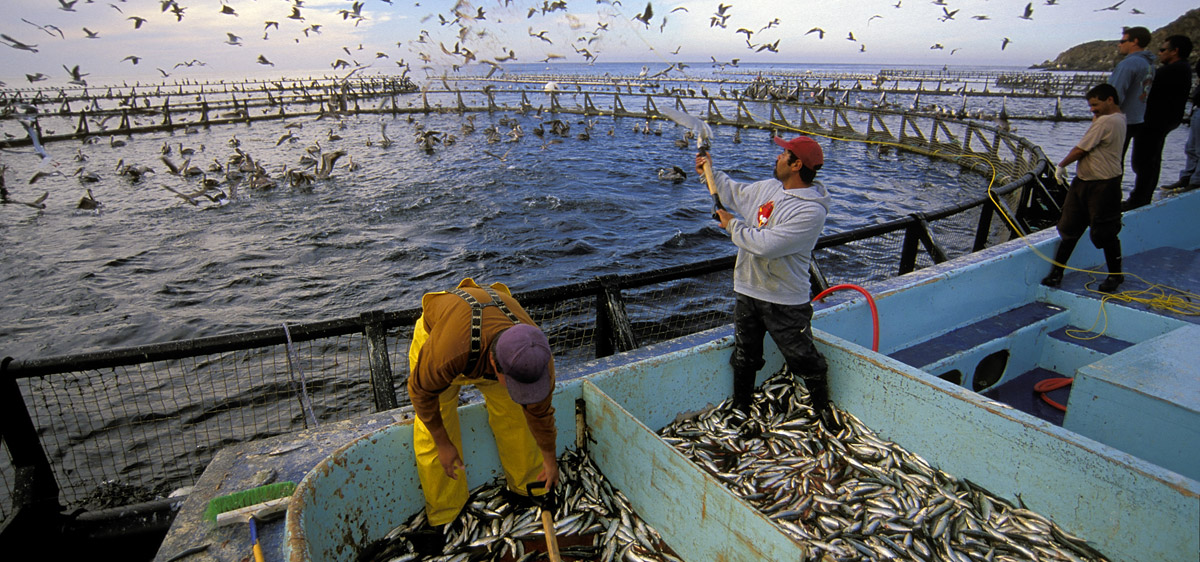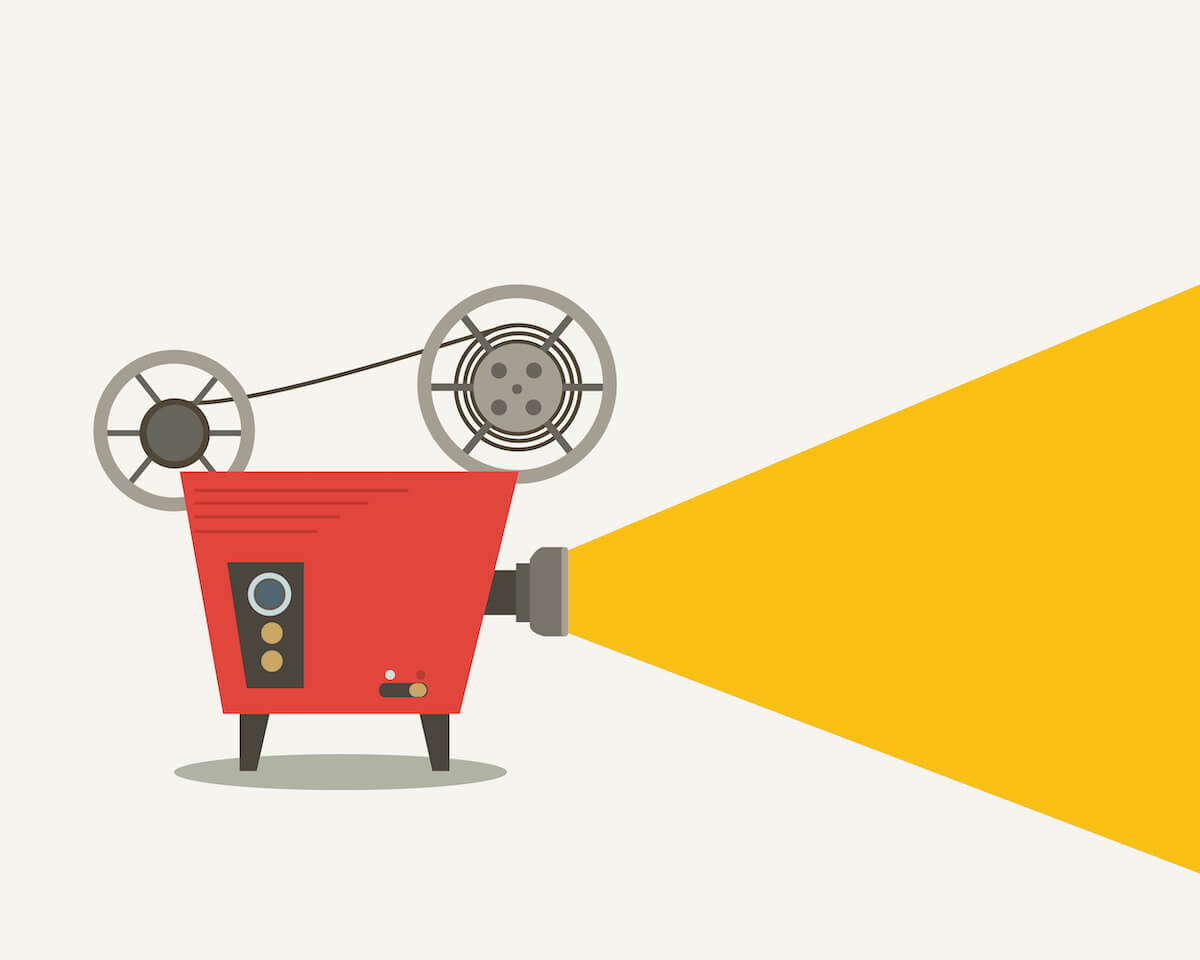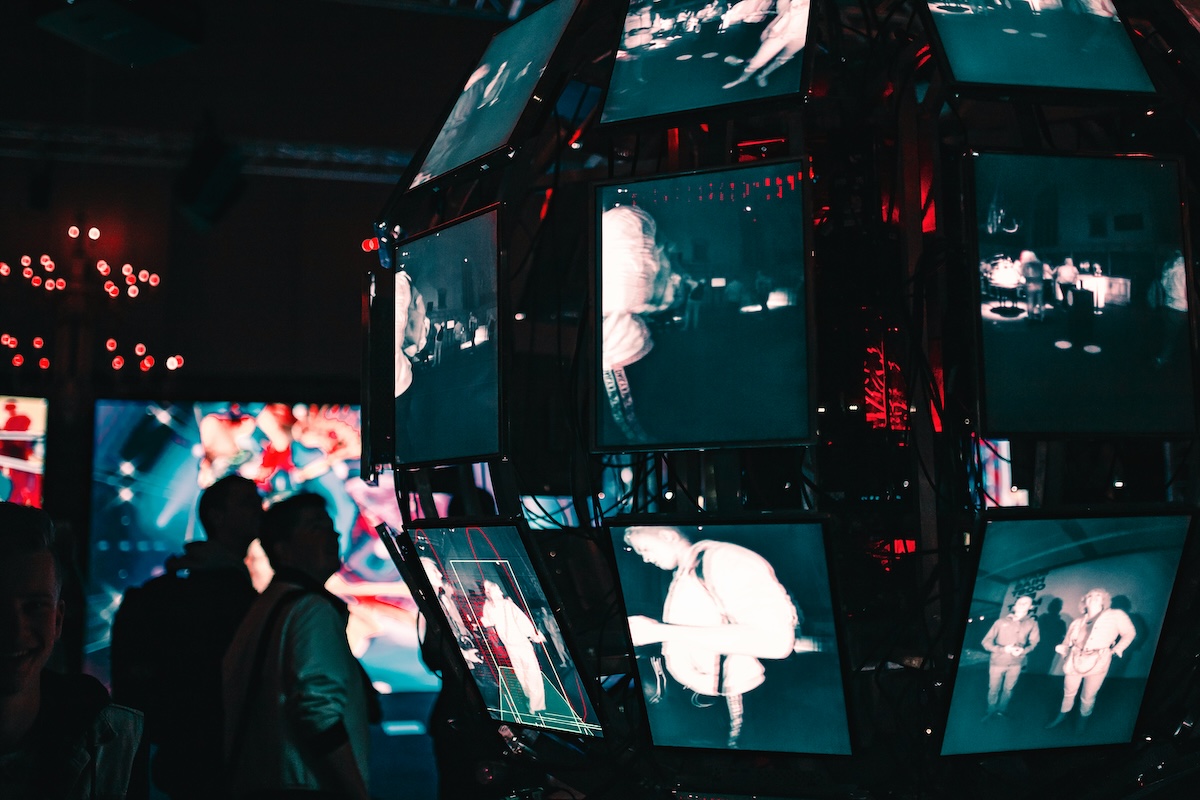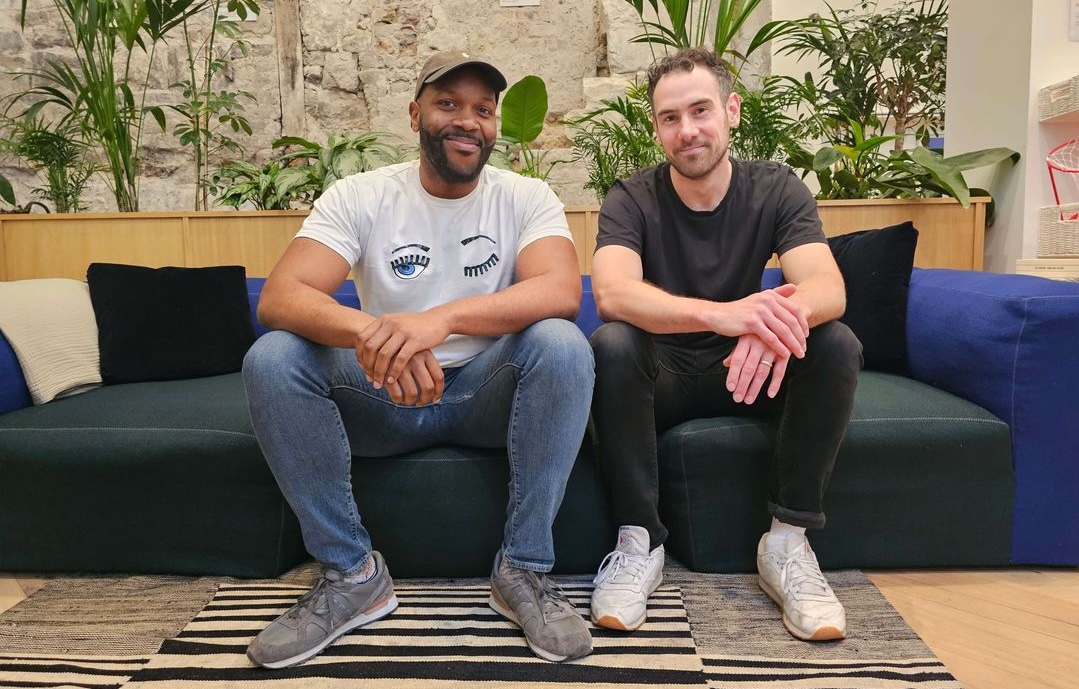What to feed the fish? Rising demand from the fast-growing aquaculture industry has put pressure on traditional sources of fish meal and driven prices to record highs.
That has led to the development of a raft of alternative feed ingredients and sustainable solutions to support the projected growth of the global fish feed market to $123 billion in 2019 from $75 billion today. Small startup companies are pioneering feed based on insects, microbes and algae; agribusiness giants, including Cargill, are consolidating providers of more traditional blends of marine and vegetable proteins.
“The fish feed industry is primed for a major disruption,” according to a recent market report from Fish 2.0, the seafood business competion now underway.

The report argues that fish meal is no longer a commodity, but a strategic component of aquaculture, the world’s fastest-growing agricultural sector and a larger protein provider than the global beef industry. Fish farms supply half the fish consumed globally, and that share could rise to two-thirds by 2019, according to the World Bank.
Protein Sources
Traditionally, farmed fish have been fed fish meal made from ground-up forage fish and oil — mainly from small bony fish like herring, menhaden, anchovy, pitchard, mackerel, and sardines. Prices for fish meal have skyrocketed over the last two decades, climbing to near $2000 per metric ton in 2015.
A widespread consensus exists that feeding wild fish to farmed fish is not a recipe for long-term sustainability. Most of the 20 or so forage fisheries around the world are managed sustainably, though some traditional stocks, such as anchovy and menhaden, are declining. Overfishing of some species in Latin America and Europe has caused harvests to drop and some species may never fully recover.
Irregular weather has exacerbated the problem. In 2014, an El Niño weather pattern in Peru decimated that country’s anchovy industry, which provides 40 percent of global fishmeal, according to the Fish 2.0 report. That translated to $1 billion in revenue losses for the year.
That put a sharp focus on the challenges created by rising global demand. “The issue isn’t the amount being produced today. The issue is the increasing amount needed by populations moving into higher economic classes, like in China and India,” said Mike Rust, science coordinator for the Office of Aquaculture of the National Oceanic and Atmospheric Administration. “The issue is about looking forward.”
Blending soy protein is the most common way to reduce the use of wild fish in fishmeal. It’s not an ideal ingredient. Though it is nearly 50 percent protein and his high in lysine, soy is low in certain amino acids and tryptophan, which are essential to fish health. Special blends and supplement scan address those deficiencies, much as human vegetarians use vitamin pills or protein combinations to create a complete protein.
“If there’s one dominant ingredient in fish feed, it’s probably soy meal,” Rust said, accounting for more than 150 million metric tons out of a total of approximately 250 million metric tons of feed. “They’re the big kid on the block.”
Major Players
Cargill, a leading global soy distributor, is moving aggressively into aquaculture. In August, the privately held Minnesota corporation, announced the 1.35 billion euro ($1.5 billion) acquisition of EWOS, a top salmon feed producer in Norway, effectively becoming one of the three biggest players in the aquafeed industry. The acquisition buttresses Cargill’s aquaculture presence in Mexico, China, Central America, Southeast Asia, India, the US, and Ecuador.
The widespread use of soy has raised concerns about genetically modified organisms, or GMOs, as well as use of hormones. Rust says studies have not confirmed those concerns nor limited its use.
Soy may be dominant, but many argue the best ingredient for fish feed is, naturally, fish. The question is how to use other fish for feed in a sustainable, efficient way. It can take 1-3 pounds of fishmeal to produce a pound of farmed fish and some species, such as salmon, require even more protein.
One promising source of animal protein are the cuttings and waste from fish themselves. According to Fish 2.0’s market report, 35 percent of fish meal is now sourced from trimmings. That presents a huge opportunity.
“If I catch a fish, I fillet it out, and about 50 percent of the weight is the fillets. About 50 percent is the head and the yucky stuff most of us don’t want to eat,” said Rust. “That makes a perfectly good fish meal.” Globally, that could generate about 30 million more metric tons of fish meal, he says. “It’s not reasonable to get all of that, but we could do better getting more of it,” he says.
Emerging Technology
Companies have searched for decades for alternatives to marine proteins. “It all started in the 1970s not because people were worried about forage fish, but because of price increases set off by an El Nino season,” Rust said. “We all thought the fish feed prices were going to climb to today’s peaks in the 1980s or the 1990s.”
Now that high prices have arrived, new and existing companies have redoubled their efforts. Nutreco, the Dutch animal nutrition and fish feed company, owns the aquaculture feed company Skretting, which now produces fish feed on five continents with a total annual sales volume of 1.9 million tons.
Skretting has directed millions toward research over the past 15 years into alternative feed sources and new technologies as a means to produce a more sustainable supply chain. This means reducing the cost of raw materials, and moving toward more sustainable sources without compromising the delicate balance of proteins, minerals, growth factors, carbohydrates, vitamins, and fats needed to support marine life.
European companies Biomar and Biomin have also been focused on similar research into alternative ingredients.
Smaller companies and start-ups are developing technologies to better exploit the protein possibilities of insects. Entofood, based in Malaysia, is using black soldier fly larvae to create an alternative to fish meal for both livestock and aquaculture (Entofood is a finalist in the Fish 2.0 competition).
Enterra Feed Corp., based in Vancouver, is operating a $7.5 million insect-rearing production facility in Langley, British Columbia with the capacity to transform 36,000 tons of food waste each year into 2,500 tons of protein and oil and 3,000 tons of organic fertilizer(see ImpactAlpha’s “Now We Know Why She Swallowed the Fly”). Ynsect, based in France, last year raised 5.5 million euros ($6.24 million) for its production of beetle- and fly-based protein. Investors included New Protein Capital, based in Singapore, along with Emertec Gestion and Demeter Partners.
Calysta, a Silicon Valley biotech startup, uses technology first developed in the oil and gas industry. The bacterium Methylococcus turns readily available methane gas into a microbial protein, a cost-effective fishmeal substitute. Calysta is targeting 2018 for its product to hit the commercial market. Calysta’s investors include Aqua-Spark, the Dutch-based aquaculture investment fund.
Algae-based biofuel is also generating excitement in the feed business, in part because marine algae generate the long chain omega-3 fatty acids and amino acids that make fish such a healthful food. When oil is recovered from algae, the byproducts are those highly desired amino and fatty acids. A growing list of companies around the world is now focused on algae biofuels.
[seperator style=”style1″]Disclosure[/seperator]
ImpactAlpha’s Financing Fish follows investors and entrepreneurs seeking opportunities in the $390 billion seafood industry’s shift towards sustainability. Sign up for the Financing Fish newsletter here.
Photo Credit: Seafood Watch











